The Kipon IBERIT 24mm f2.4 (or sometimes branded as the Elegant) is a compact, manual-focus lens designed for mirrorless cameras, available in mounts like Fujifilm X, Sony E, Leica M, Nikon Z, and Canon RF. It’s also available in a Cine body, rebranded as part of the Colibri line.
I tested this lens on the Leica M11 and the Nikon Z8 to see how it performs for street, portrait, and landscape photography. Here’s my take on its build, handling, image quality, and overall value.
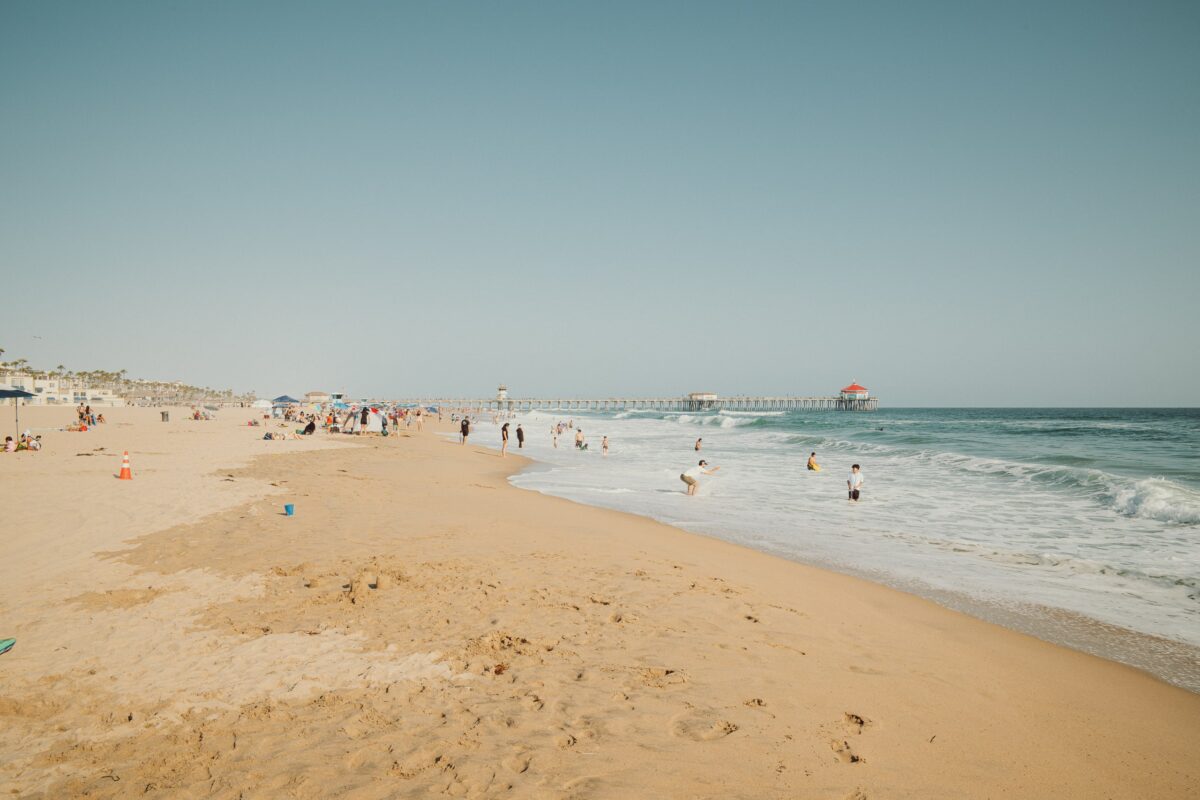
Specs
Minimum Focus Distance: 2.30′ / 70 cm (M Mount) 9.84″ / 25 cm (Mirrorless Mount)
Elements: 8 Elements in 7 Groups – No Aspherical
Iris: 6
Filter Threads: Ø49mm
Weight: 10.6 oz / 300 g
Available At: Kipon / Amazon / B&H
These links are for the M Mount version, which is adaptable to any mirrorless camera. However, if you order the Elegant versions, they are a bit less expensive since there is no Leica M coupling, and you also will have a closer minimum focus.
Pros
- Lightweight and compact, perfect for mirrorless cameras
Excellent center sharpness starting at f2.8 - Vibrant colors and pleasing, classic rendering
- Solid all-metal build with engraved scales
- Great for travel, street or lifestyle photography
Cons
- Some distortion and vignetting and chromatic aberrations wide open
- Soft corners below f5.6, limiting landscape use
- Fairly large for a street lens
- No Focus Tab for street shooters
Who is this lens for? Photographers chasing vibe, and who like the classic rendering. The optical formula is quite retro, but the larger size helps maintain image quality. It’s almost as if this is a classic cine lens designed for photographers.
Disclaimer: Kipon sent me a copy of this lens free of charge. The owner is also a friend of mine, but I maintain an unbiased approach to my reviews.
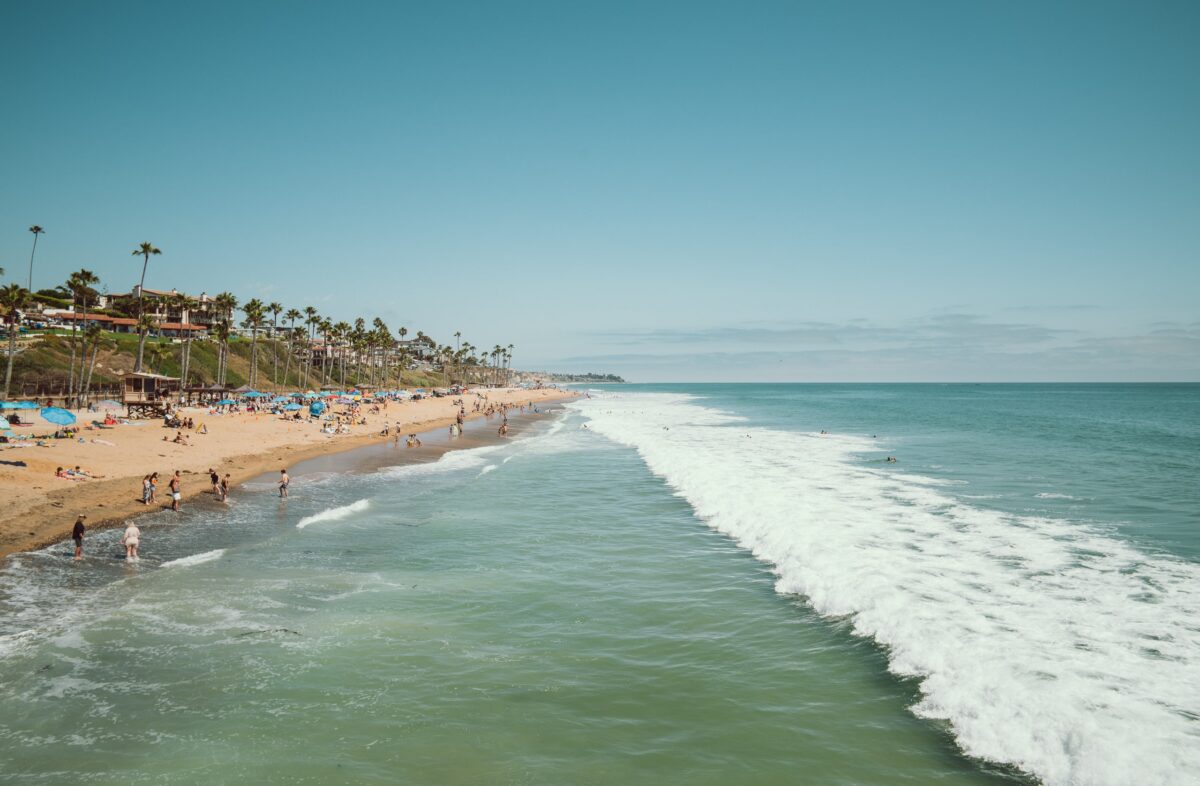
Kipon 24mm f2.4 Build Quality & Specs
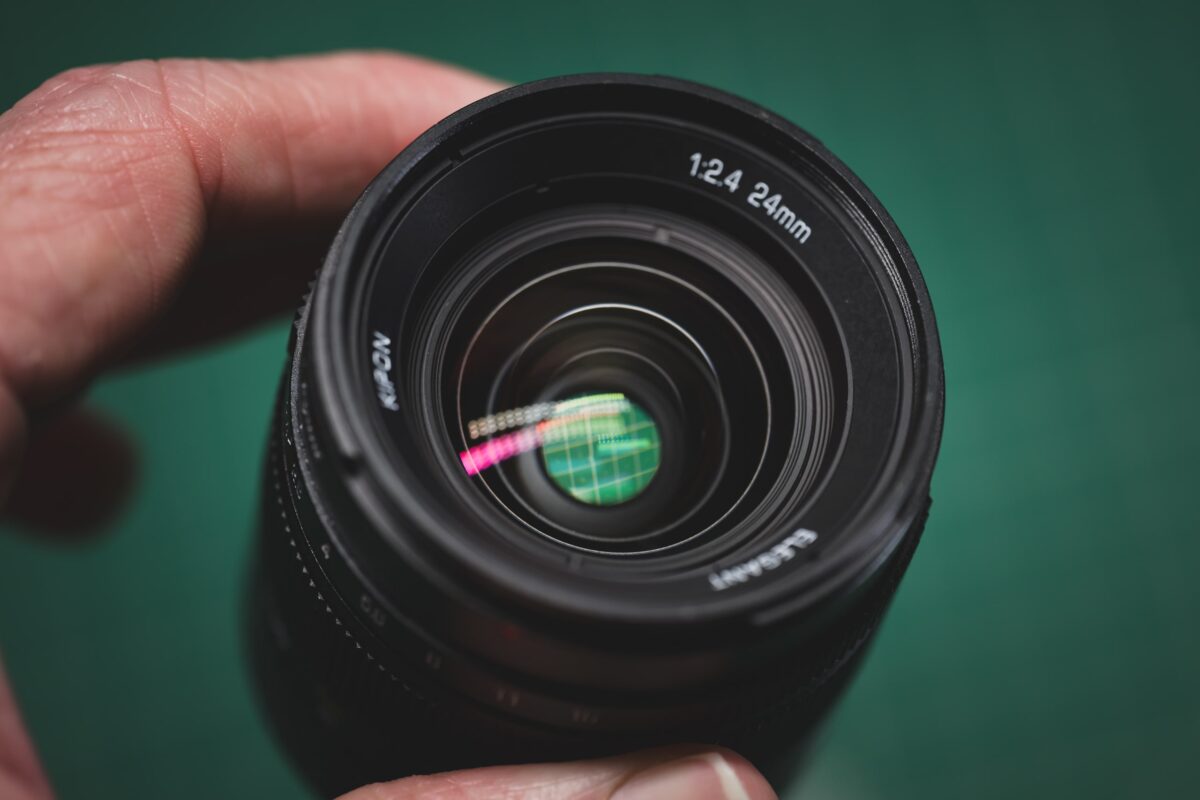
In terms of the design goals of these Kipon lenses, they essentially utilize classic or retro optical formulas in modern, high-precision housings.
You end up with a lot of the look and feel of old classic lenses, but with some modern advancements in optics and precision. For example, they no longer need to use radioactive optics or heavy metals in the glass, and the tolerances of all the modern lathes have significantly improved over the years.
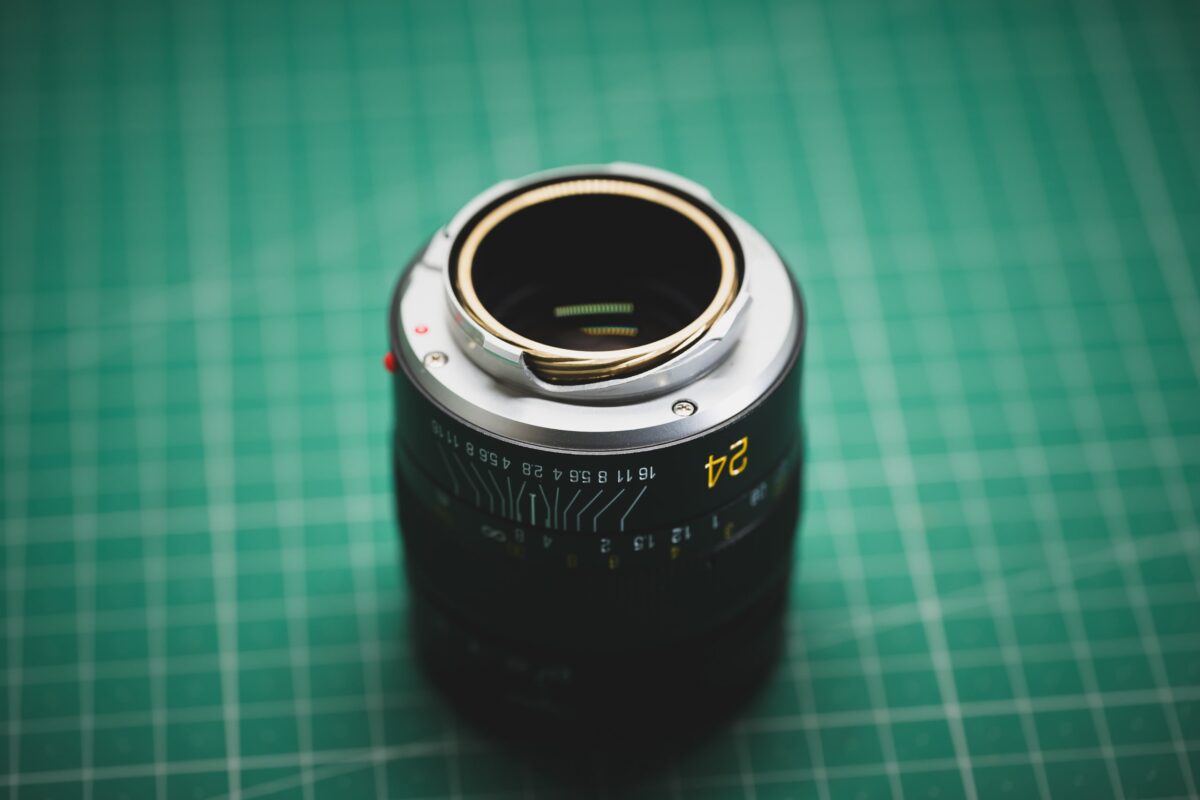
The Kipon IBERIT 24mm f2.4 features a solid, all-metal construction that feels sturdy yet lightweight. For ultrawide lenses for the M mount, this would be considered a fairly large lens for an f2.4, but you do get some nice advantages for this size, like a reduction in distortion and vignetting, without using any aspherical elements.
The focus ring is smooth but can feel slightly resistant, which I like. For run-and-gun lenses, you might prefer a looser focus and a focus tab, but for everything else, it works well.
The aperture ring, located toward the front, offers clear clicks at full and half-stop intervals, with the right amount of stiffness.
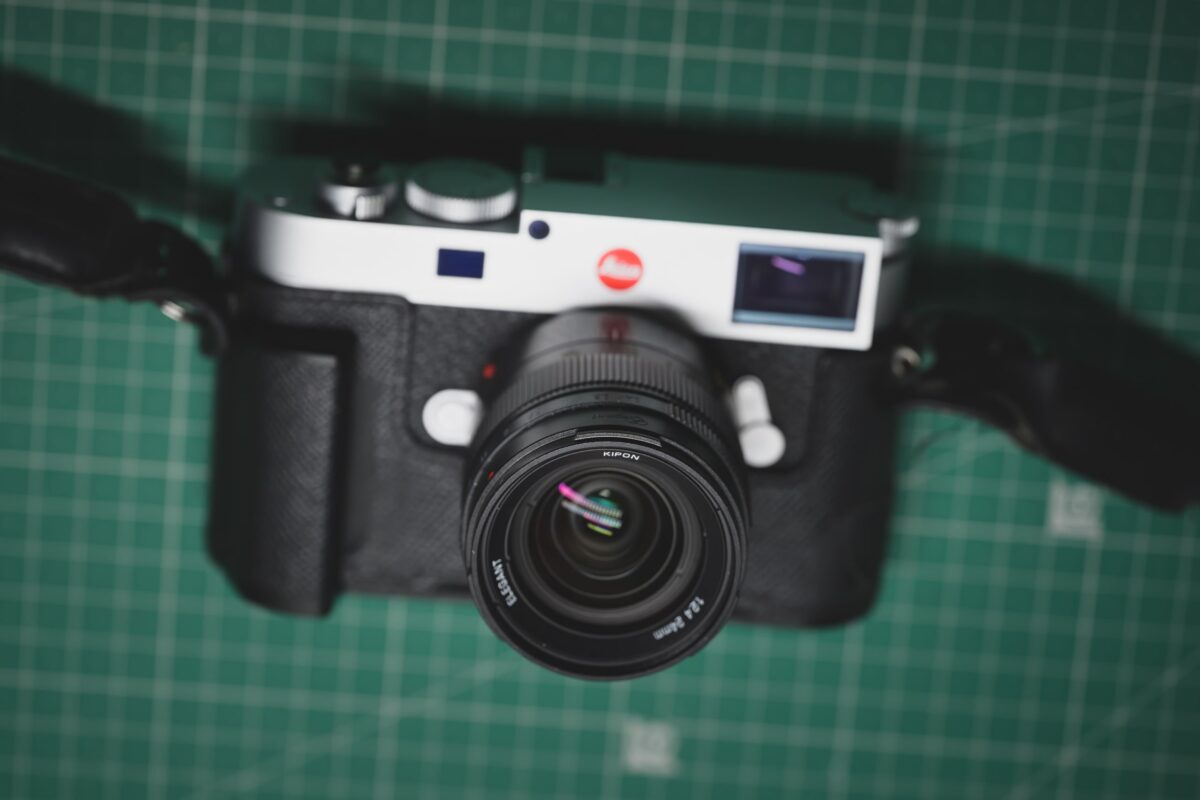
The lens exterior features engraved depth-of-field and focus-distance scales, which are handy for zone focusing in street photography.
The lens comes with a metal screw-in front cap and an all-metal lens hood. Overall, the build exudes a classic, almost Leica-like aesthetic at a fraction of the cost.
On the Leica M camera, the focus range finder coupling is slightly off with my copy, but on an ultra-wide lens like this, I haven’t really had any issues with focusing even through the OVF.
Sharpness
The Kipon 24mm f2.4 delivers excellent center sharpness wide open at f2.4, making it suitable for portraits or isolating subjects with a wide-angle perspective. However, corner and edge sharpness is noticeably soft below f5.6, which can be a drawback for landscape photographers who need edge-to-edge clarity. Stopping down to f8 or f11 significantly improves corner performance, making it more viable for detailed scenes, but the edges are still not as sharp as the center.
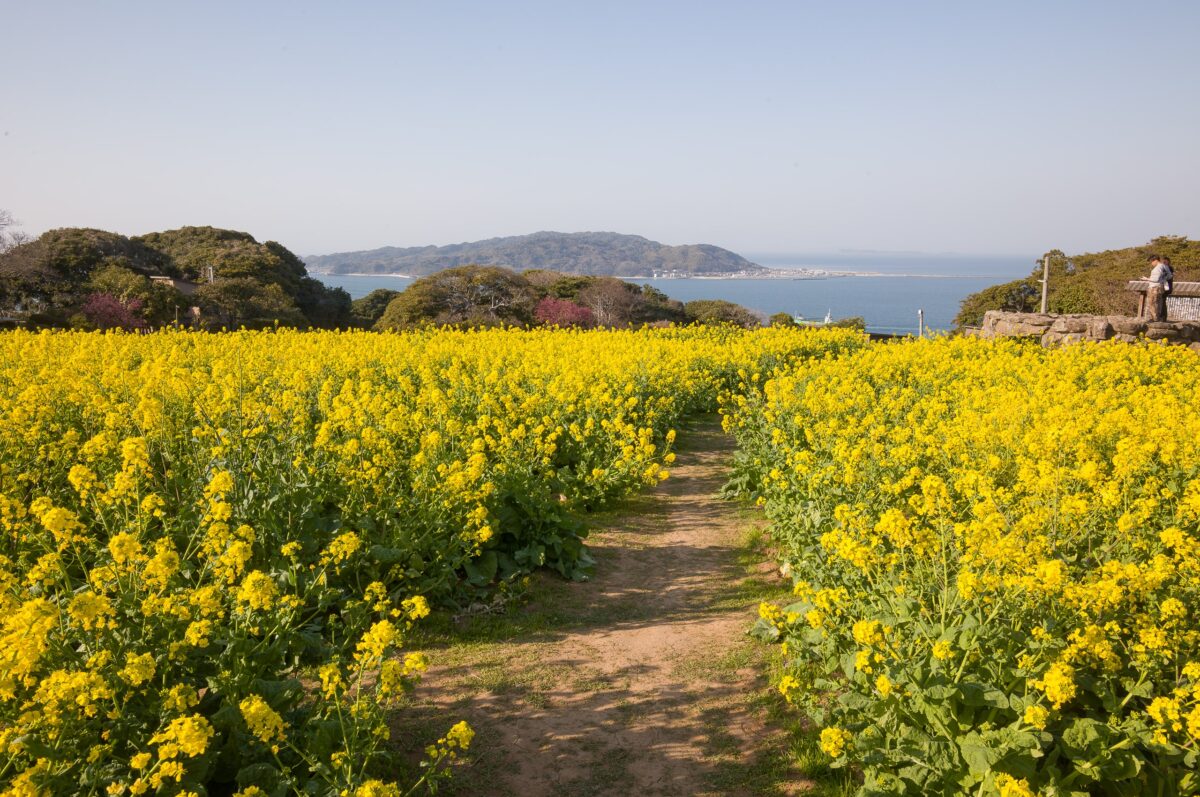
Kipon 24mm f2.4 Center Sharpness
At f2.4 there is some slight softness in the center, which you really notice on the higher megapixel cameras like the M11, or Nikon Z8.
At f2.8, sharpness is good, and this is usually where I shoot at, because now days if I want slightly more bokeh, I can just use the Lens Blur Effect in Lightroom and just nudge it to be a hair more shallow if I was doing something where I felt the background was too busy. However, I almost never do this, as a classic lens purist.
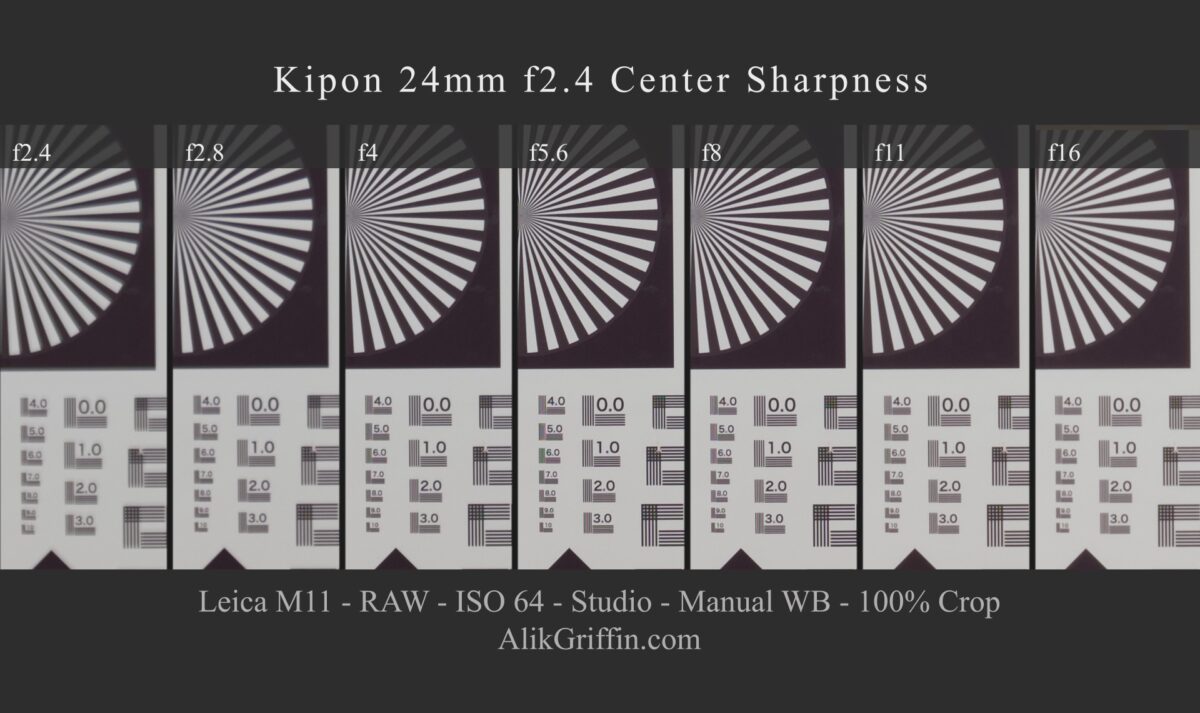
Kipon 24mm f2.4 Mid-Frame Sharpness
The midframe is slightly softer compared to the center, but it sharpens up significantly by f5.6.
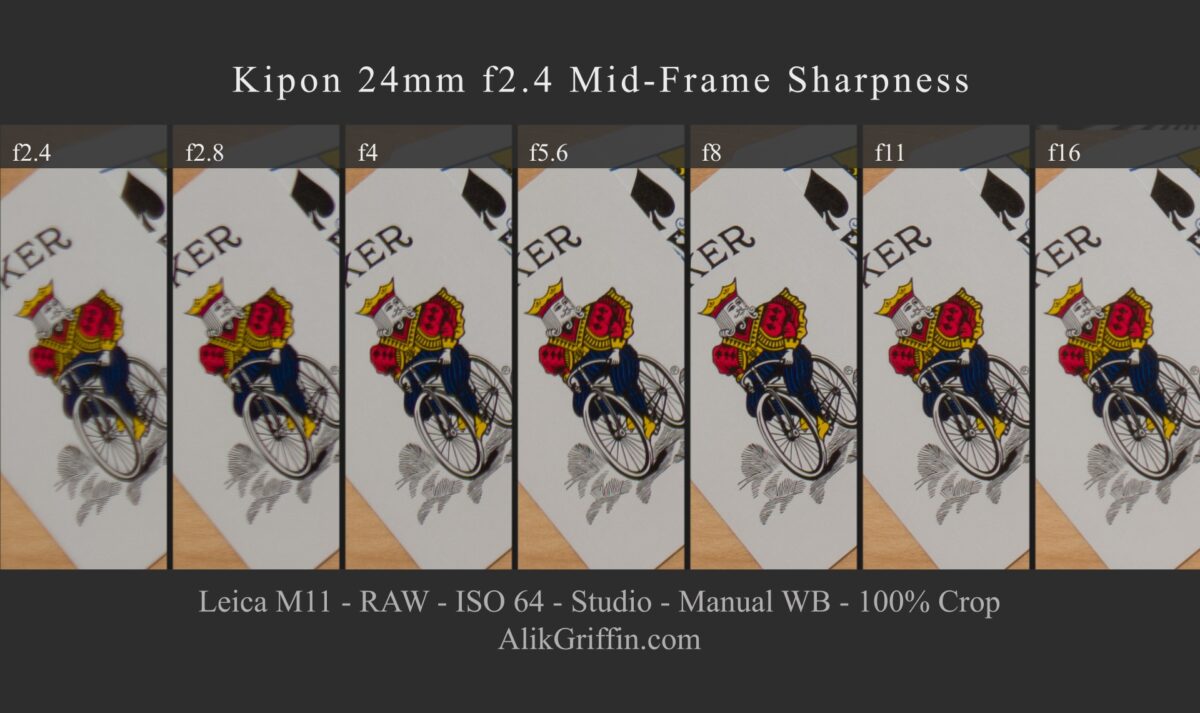
Kipon 24mm f2.4 Edge Sharpness
Edges are even softer compared to the center than the mid-frame, but they clean up decently by f/8 or f/11 where you’ll then start getting diffraction issues.
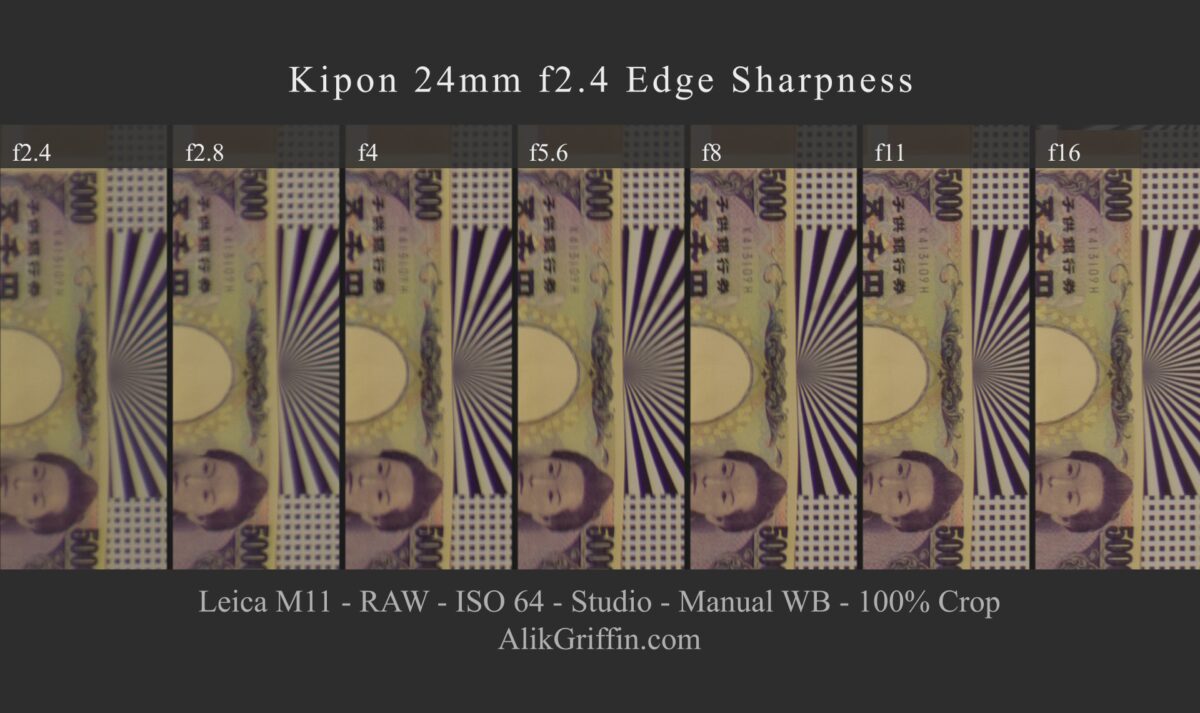
Kipon 24mm f2.4 Corner Sharpness
The corner sharpness is very usable at f/4 and f/5.6.
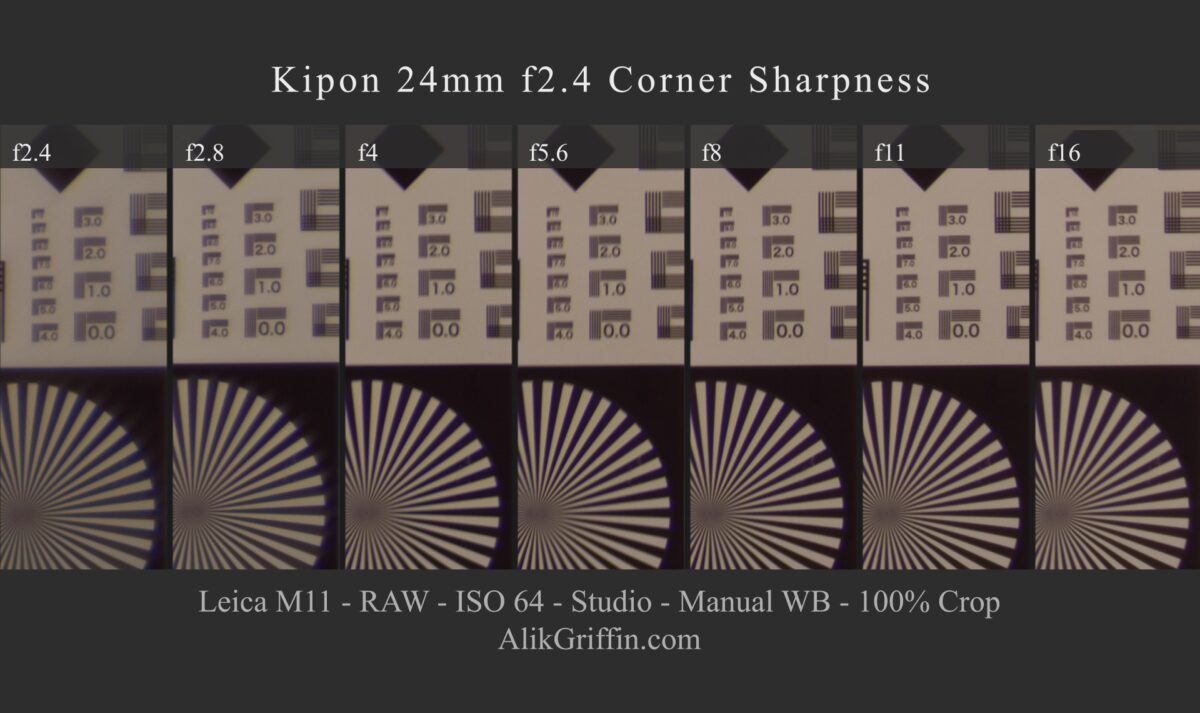
Distortion
The lens exhibits mild distortion, which is manageable for most subjects but noticeable in architectural shots. It appears to have a mild mustache effect.
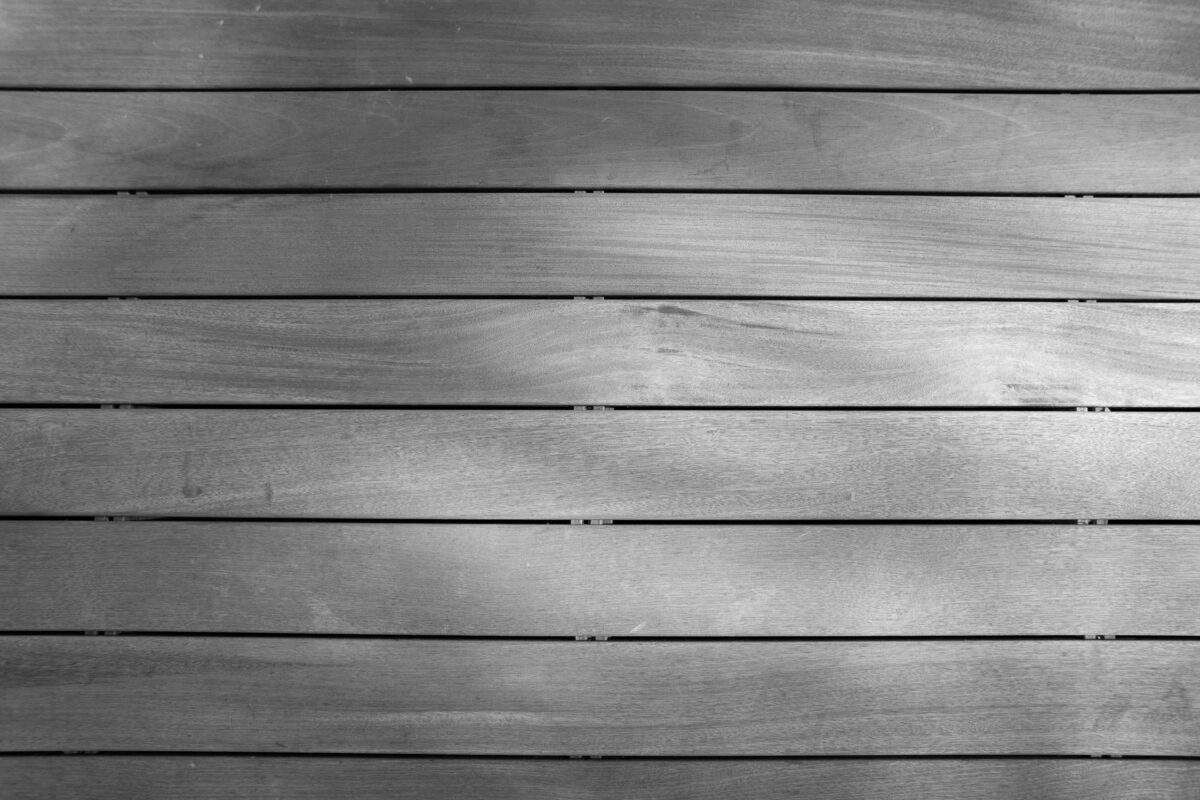
Vignetting
Vignetting is present, especially on full-frame cameras, but less so on APS-C bodies like Fujifilm’s. Stopping down reduces vignetting, though it never entirely disappears. However, vignetting has a nice diffusion to it and never becomes obnoxiously dark, unlike some of the smaller pancake lenses.
Samples at around f2.8


Sample at around f4
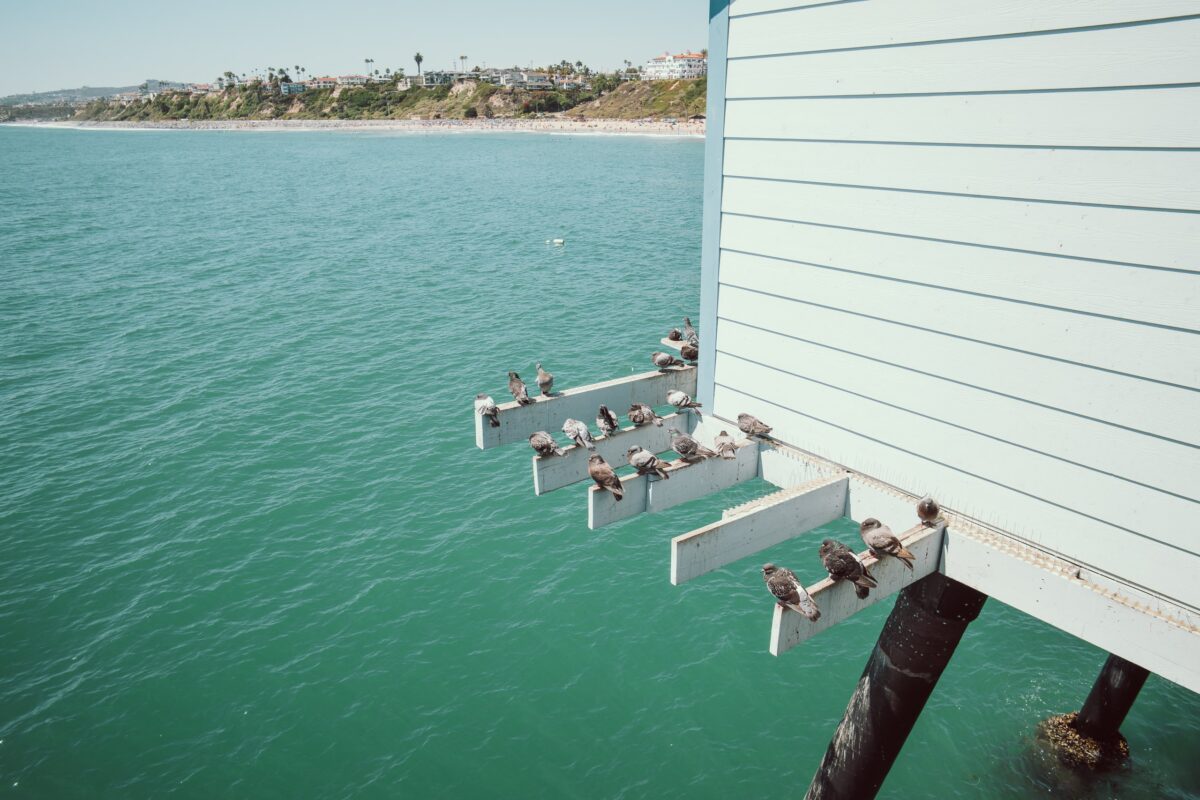
Sample at around f8
This is a pretty acceptable and nice amount of vignetting.
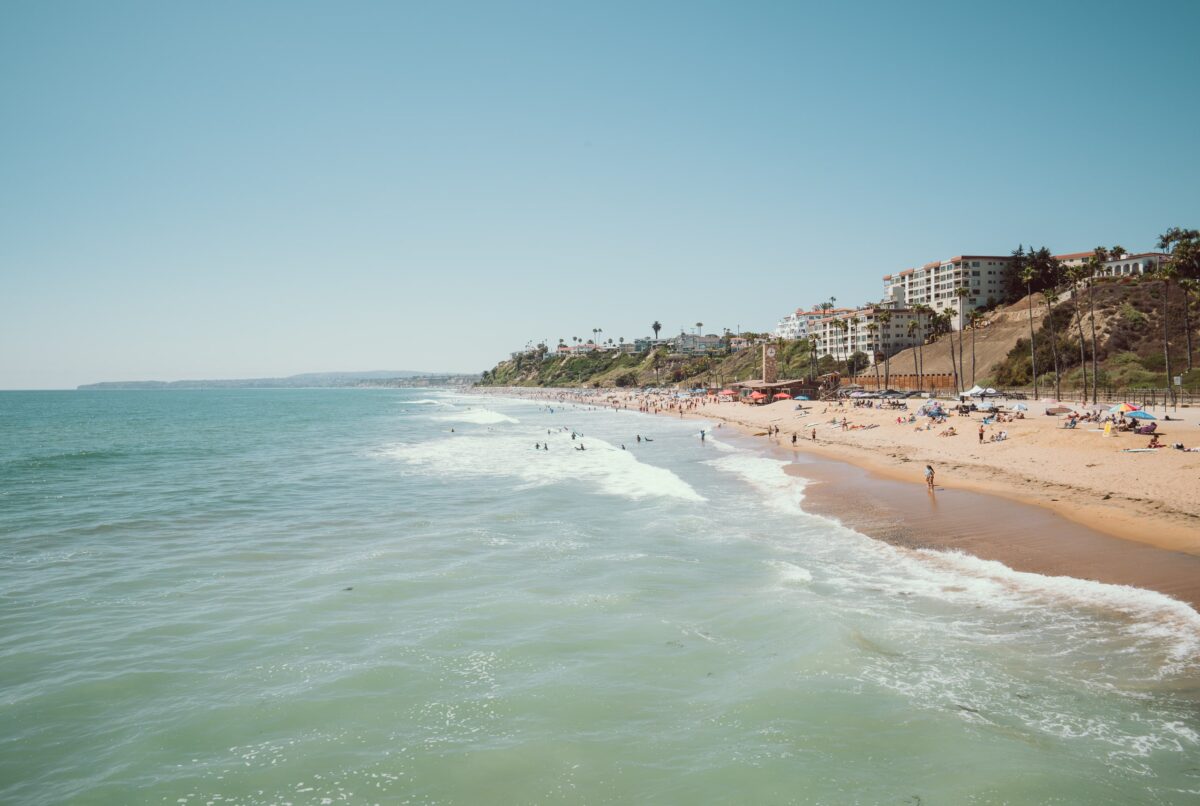
Chromatic Aberrations
Chromatic aberration is minimal when stopped down, but you may notice some fringing at f2.4 in high-contrast scenes.
This is a pretty high contrast scene, and you can only see some minor CA on some of the subject edges of the people in the background.

And even in this image, you don’t see much, even in all the rocks. This is without “Remove Chromatic Aberrations” in Lightroom turned on. And when I turn it on, both the above image and the below image clean up almost perfectly.

Flaring
You can get some interesting flaring with this lens. This is good and bad.
I do wish Kipon would eventually find some nicer coatings down the road. I know they continue to improve in this area over the years, but I would love to see something like a Zeiss T* coating on their lenses. Coatings alone can significantly improve sharpness and clarity.

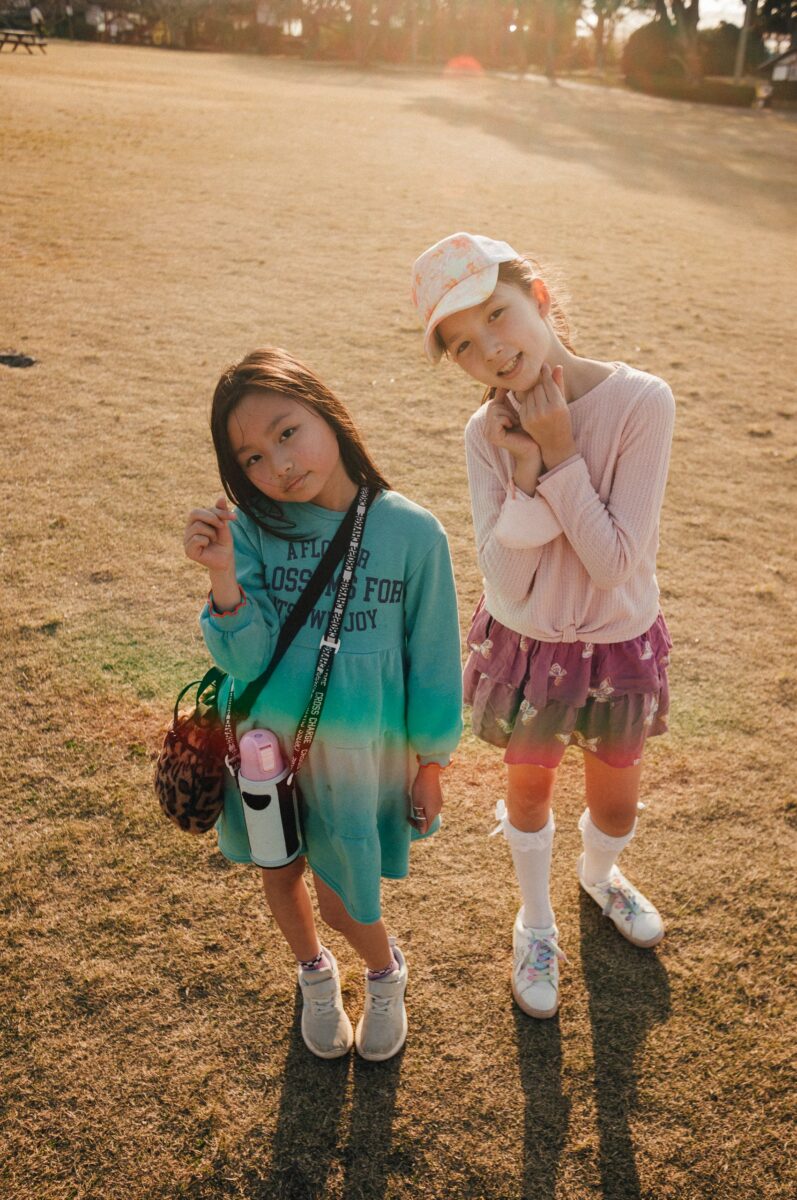
Art & Character
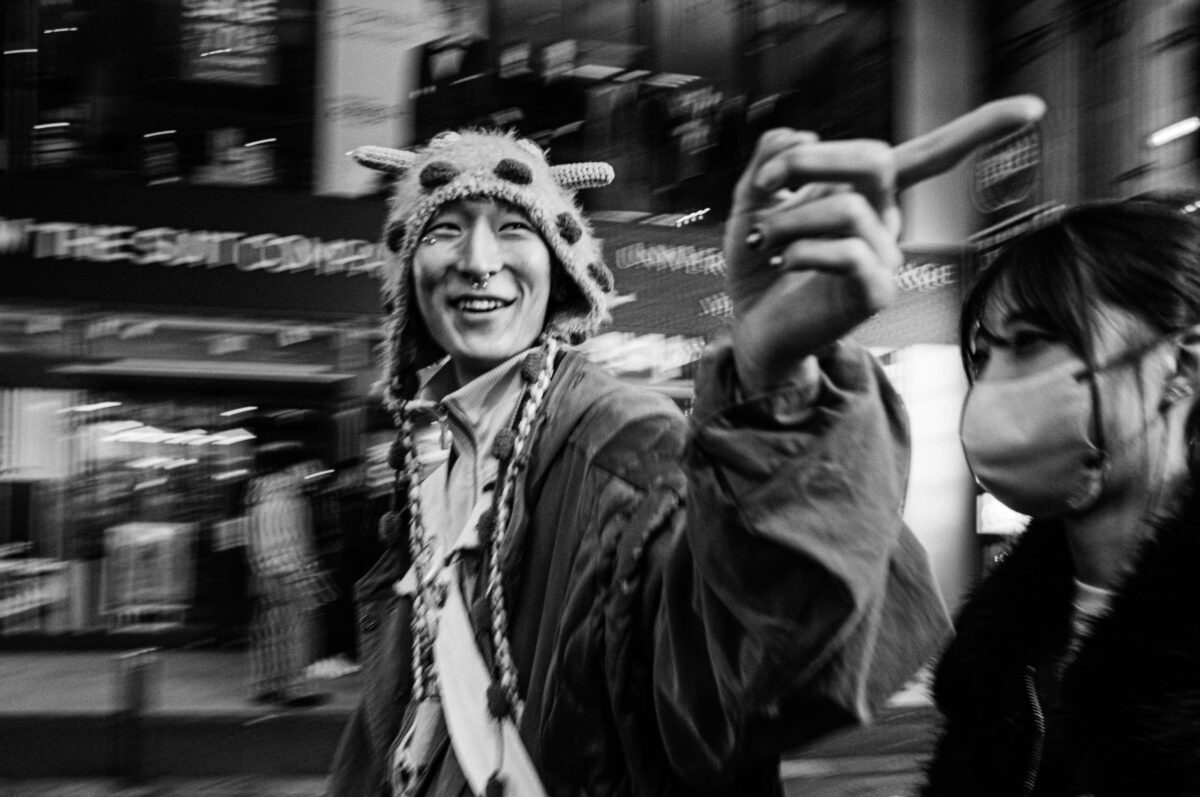
Color & Contrast
One of the lens’s standout features is its color rendition and micro-contrast. Colors pop with a vibrant, slightly warm tone, and the lens produces a pleasing, classic look that adds character to images. This makes it an excellent choice for photographers seeking artistic rendering over clinical perfection.
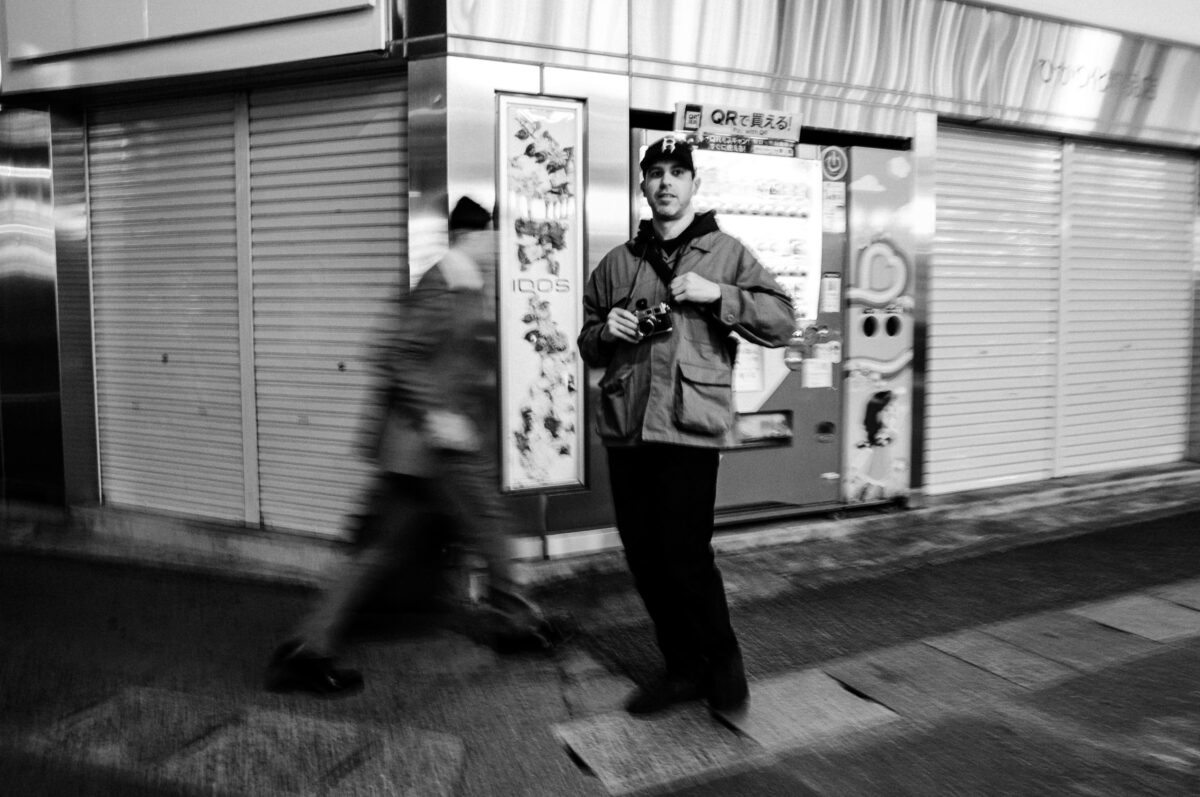
Bokeh
The six-blade aperture creates smooth, soft bokeh at f2.4, though it’s not as creamy as faster lenses.
Because there are no aspherical or ED elements, the bokeh has some classic qualities to it, with more depth towards the center and a field curvature that pulls towards us as we move out to the edges, while also becoming a bit busy.
The background bokeh remains vibrant; this is a characteristic typically found in lower-element lenses.

Bottom Line
I’ll just give you my raw thoughts on this lens.
A lot of street photographers have been using wider lenses, even wider than 28mm, so this lens is an interesting option. However, this lens is quite large and lacks a focus tab, which is a deal-breaker for many street shooters.
I don’t think this is a great option for street shooters who are picky about focus tabs and want tiny lenses, but it works for me as a photographer who doesn’t make up imaginary rules for myself.
Personally, I don’t rely on a focus tab, and I’m not fond of tiny lenses, unless they’re built with a high level of engineering, like the Nikon 26mm, which is exceptionally good for a pancake – easily the best pancake ever made.
I also tend to shoot a bit more lifestyle photography than street photography, so I’m ok with larger lenses.
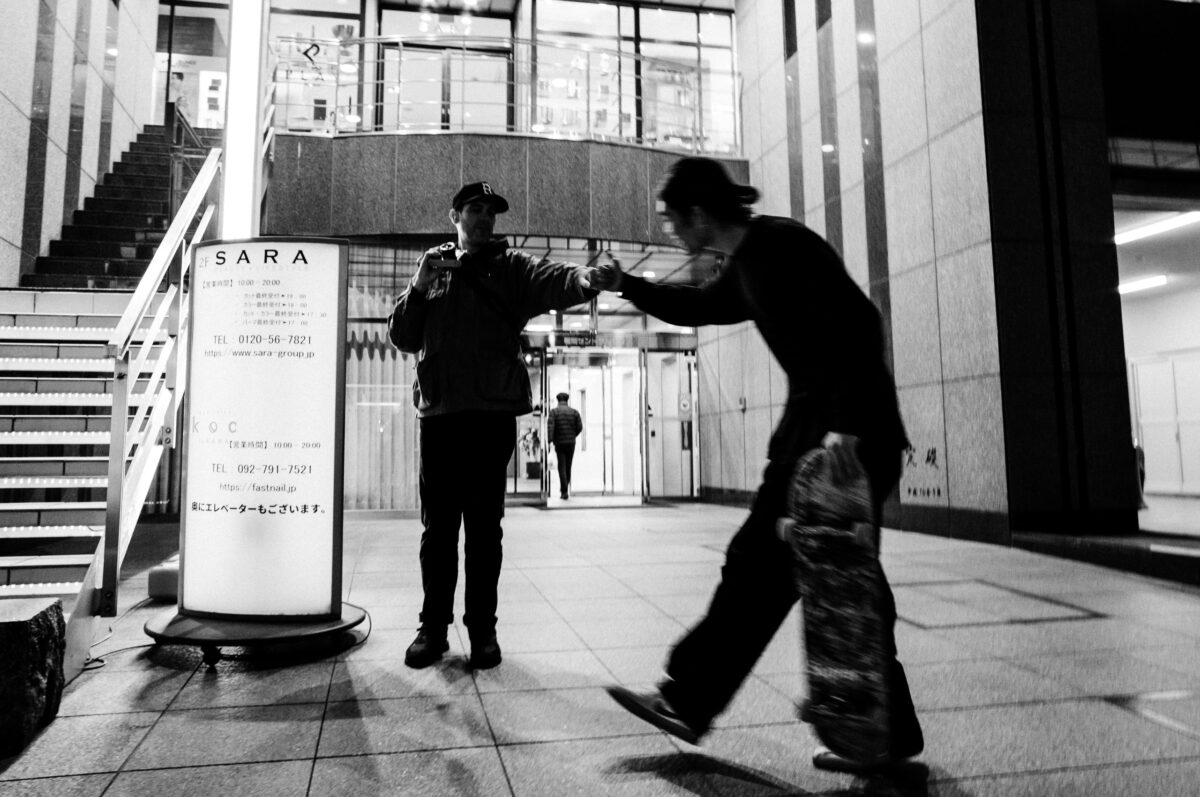
I still love my Zeiss 28mm f2.8 for just about everything, but for a wider option, I haven’t really found a lens that I like more than this lens yet.
There are larger Voigtlanders that I have not owned that might be great, and there are smaller Voigtlanders that I do own that I haven’t loved. I have the smaller 21mm Voigtlander Color-Skopar that I never reviewed because I just don’t like it. Sometimes, Voigtlander tries to do too much with small lenses, and the concepts just don’t work, or the image quality just isn’t good enough to justify using it over my smartphone.

I know people love the Voigtlander 28mm f2 Ultron and the Voigtlander 28mm f2.8 Color-Skopar, but those lenses never really did it for me. I’ve always preferred the image quality improvements you get from bigger lenses. Not that those lenses are bad; they have a utility, for example, I love my Voigtlander 35mm f2 on my film cameras.
The Kipon 24mm f2.4 does a pretty good job of utilizing only retro optical formulas without any ED or Aspherical elements, while still balancing technical performance with its classic rendering, which many of us appreciate. I think Bokeh from a lens like this just looks better than a tiny lens with Aspherical elements. This is my general complaint with the Voigtlander pancakes.
If you like the classic vibe and rendering, and don’t need a tiny street lens, the Kipon 24mm f2.4 is a lot of fun. Otherwise, if you need a faster lens or better image quality, you might get more value out of one of the bigger 21mm or 28mm Voigtlander Ultrons or Noktons.
Overall, if you’re just chasing vibe, this is a solid lens. As I mentioned earlier, these Kipon lenses are almost like Classic Cine lenses; they are slightly larger for only f2.4 apertures, which results in a well-corrected image while still producing a vintage look.

Kipon 24mm f2.4 Sample Images
Sample images were shot with the Nikon Z8 or the Leica M11 and then colored using my Presets.
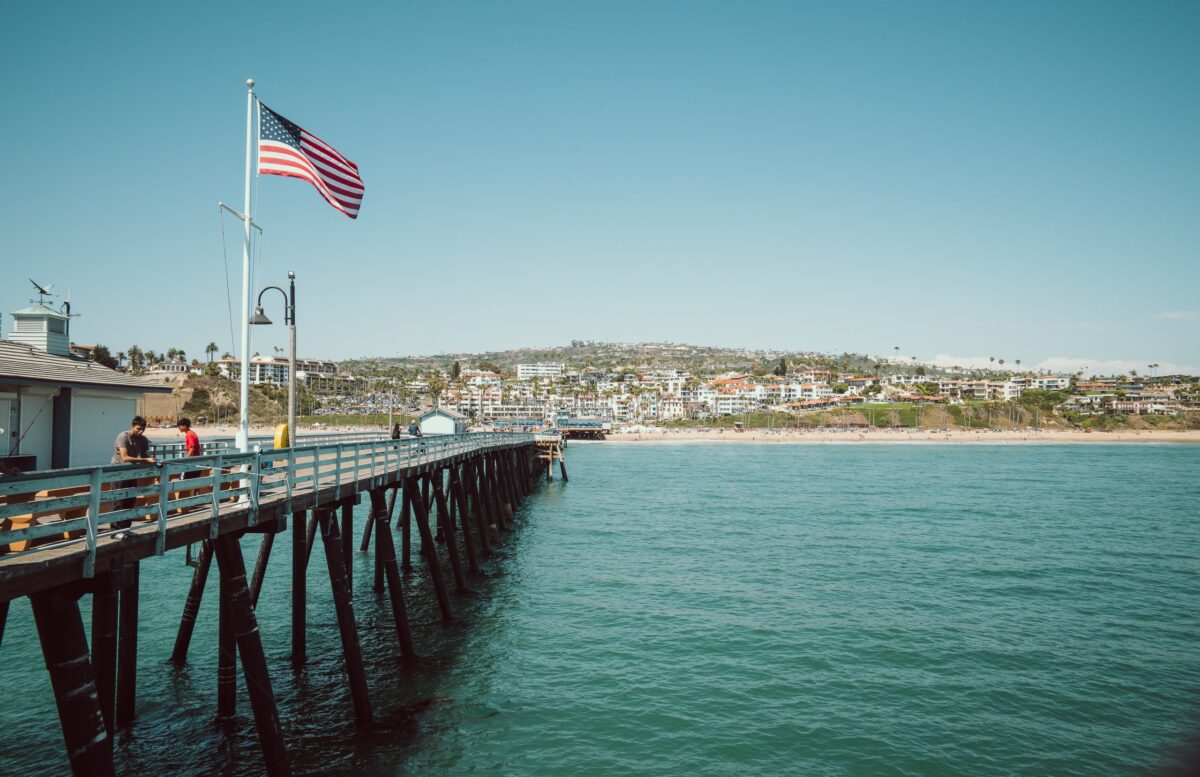




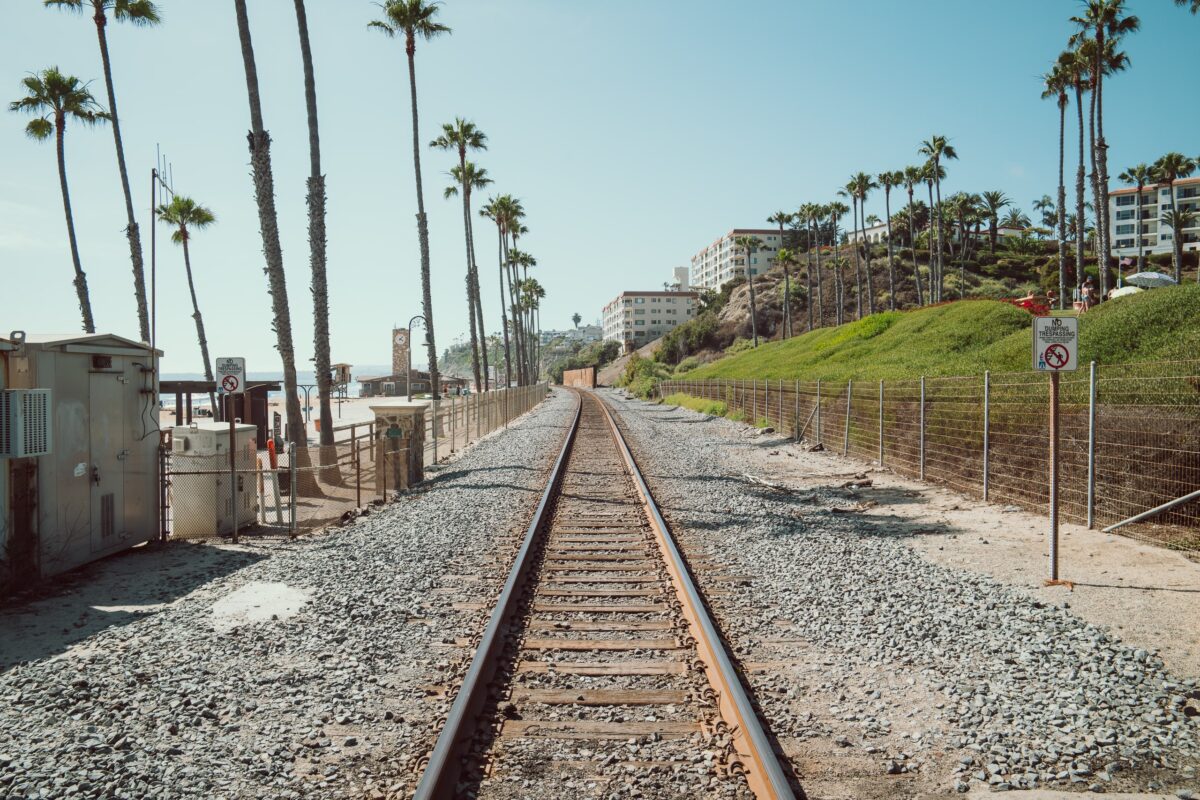





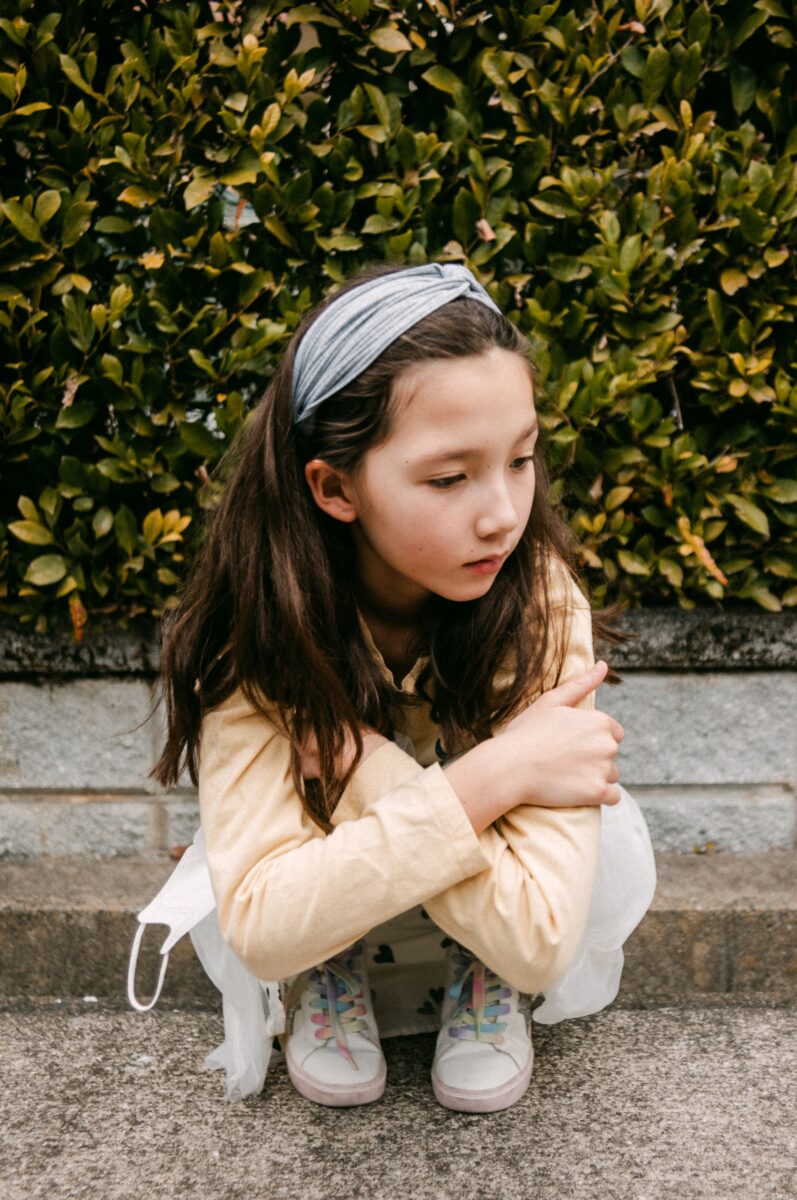
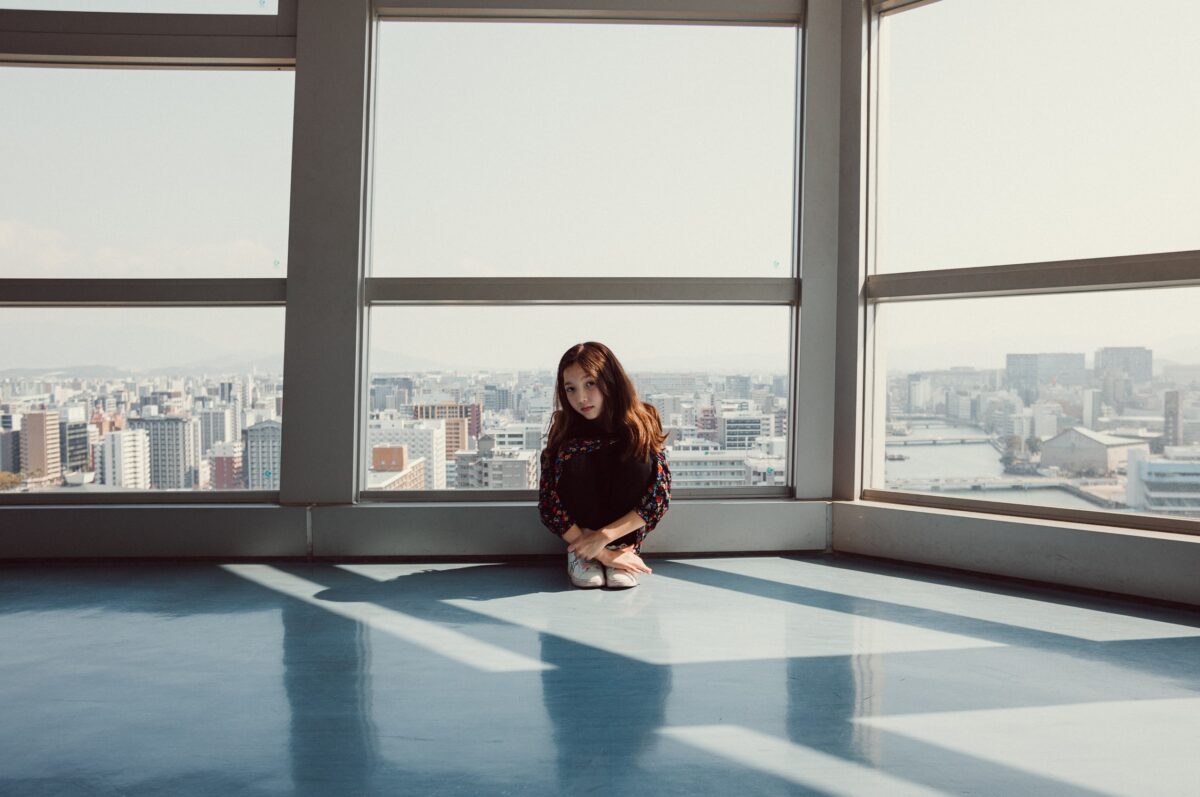
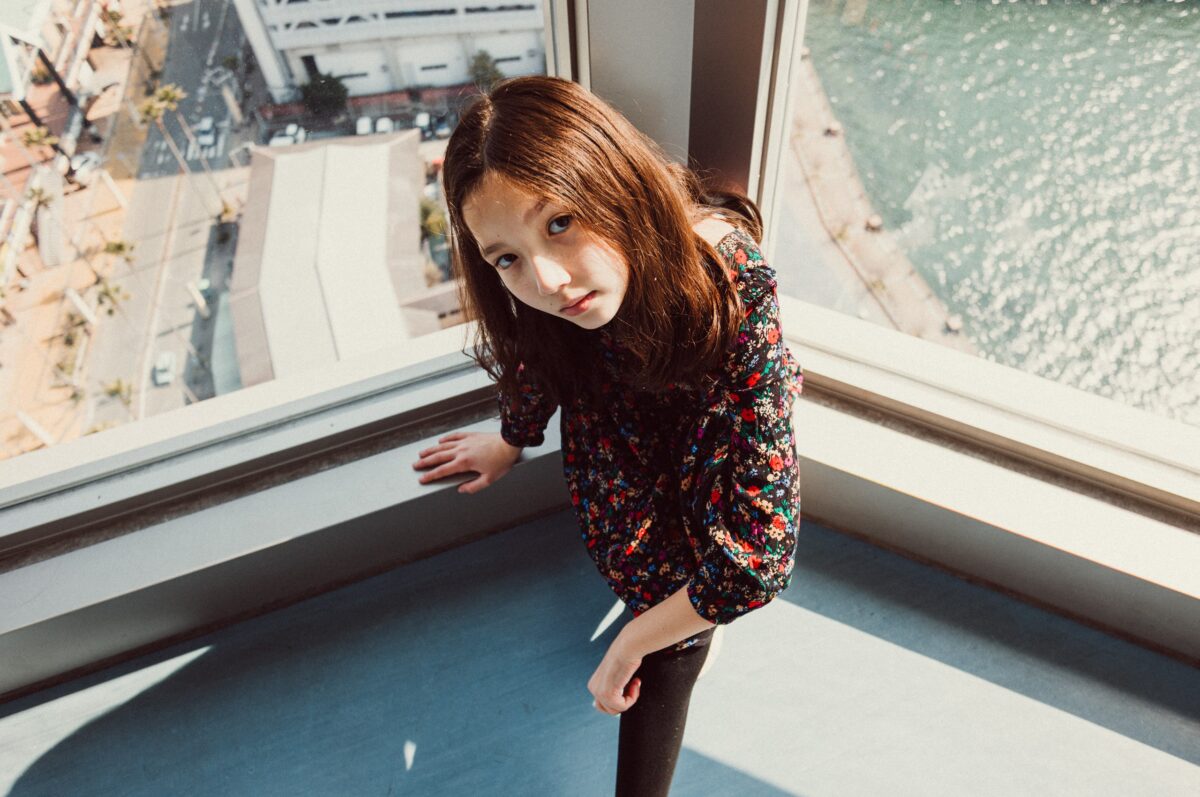
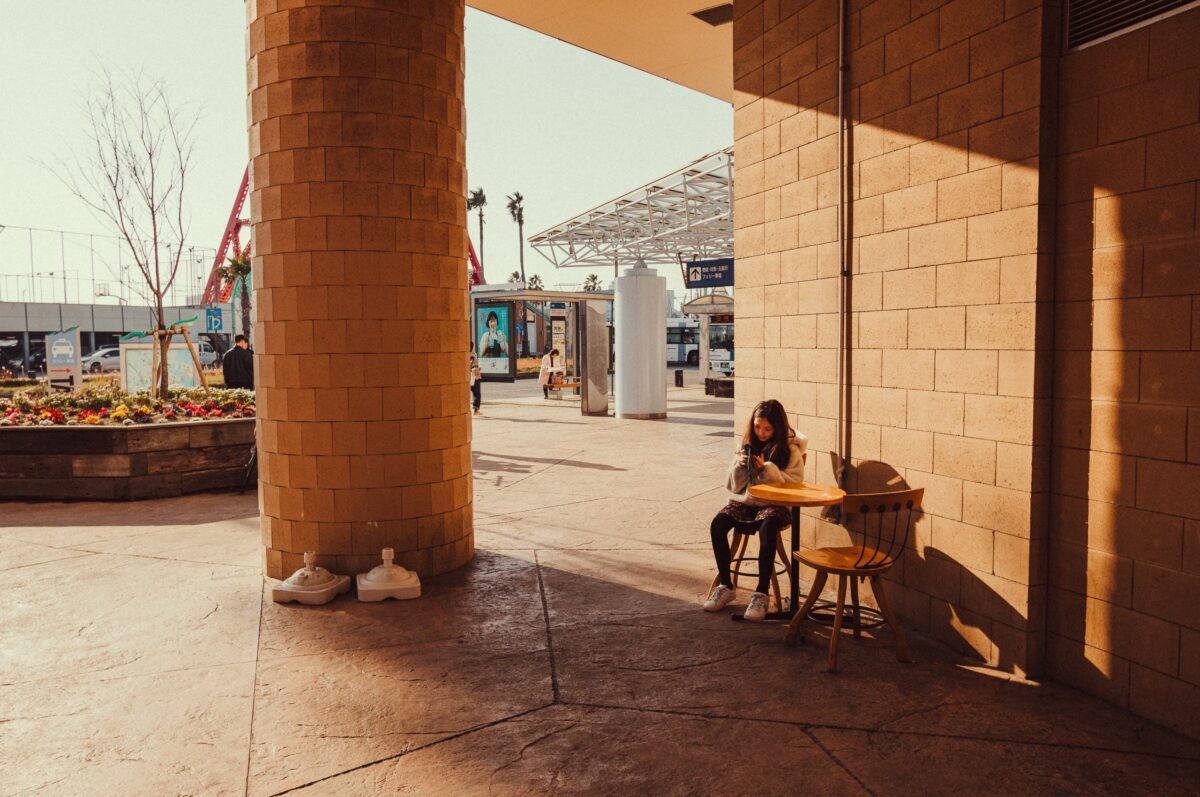
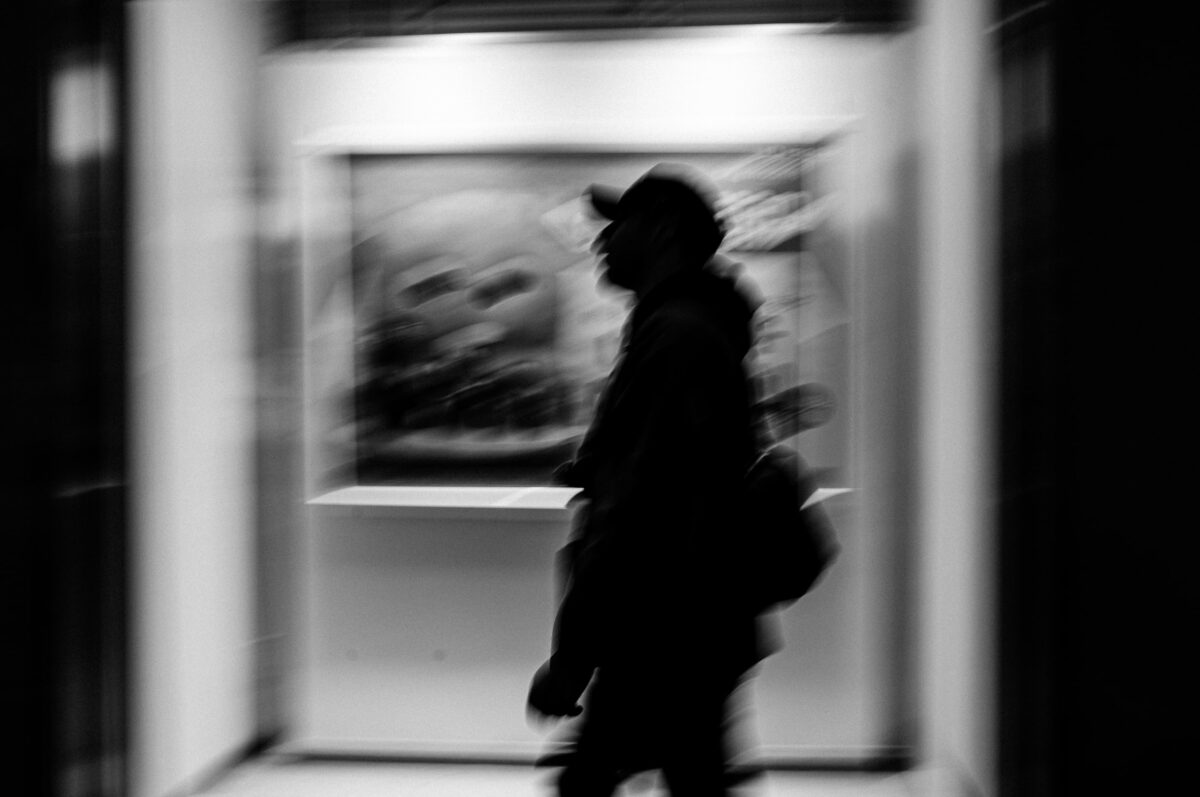



| **This website contains affiliate links. We will earn a small commission on purchases made through these links. Some of the links used in these articles will direct you to Amazon. As an Amazon Associate, I earn from qualifying purchases. |
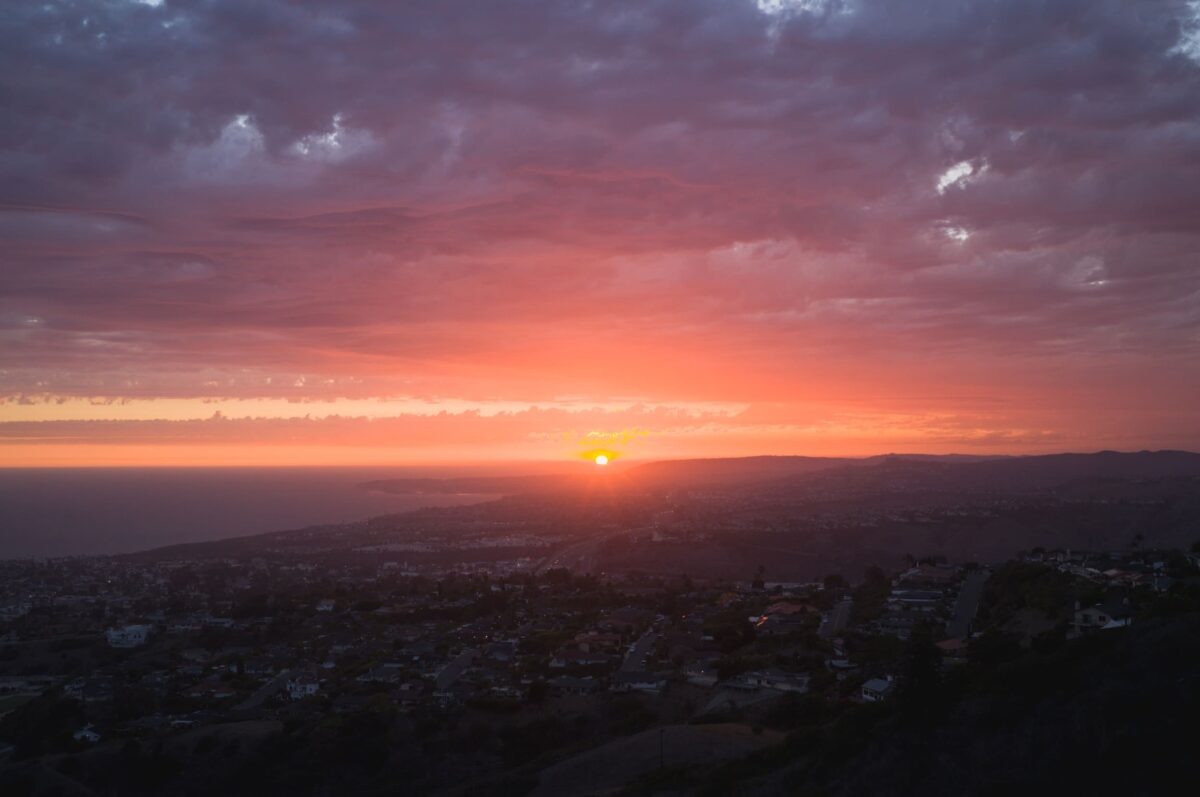

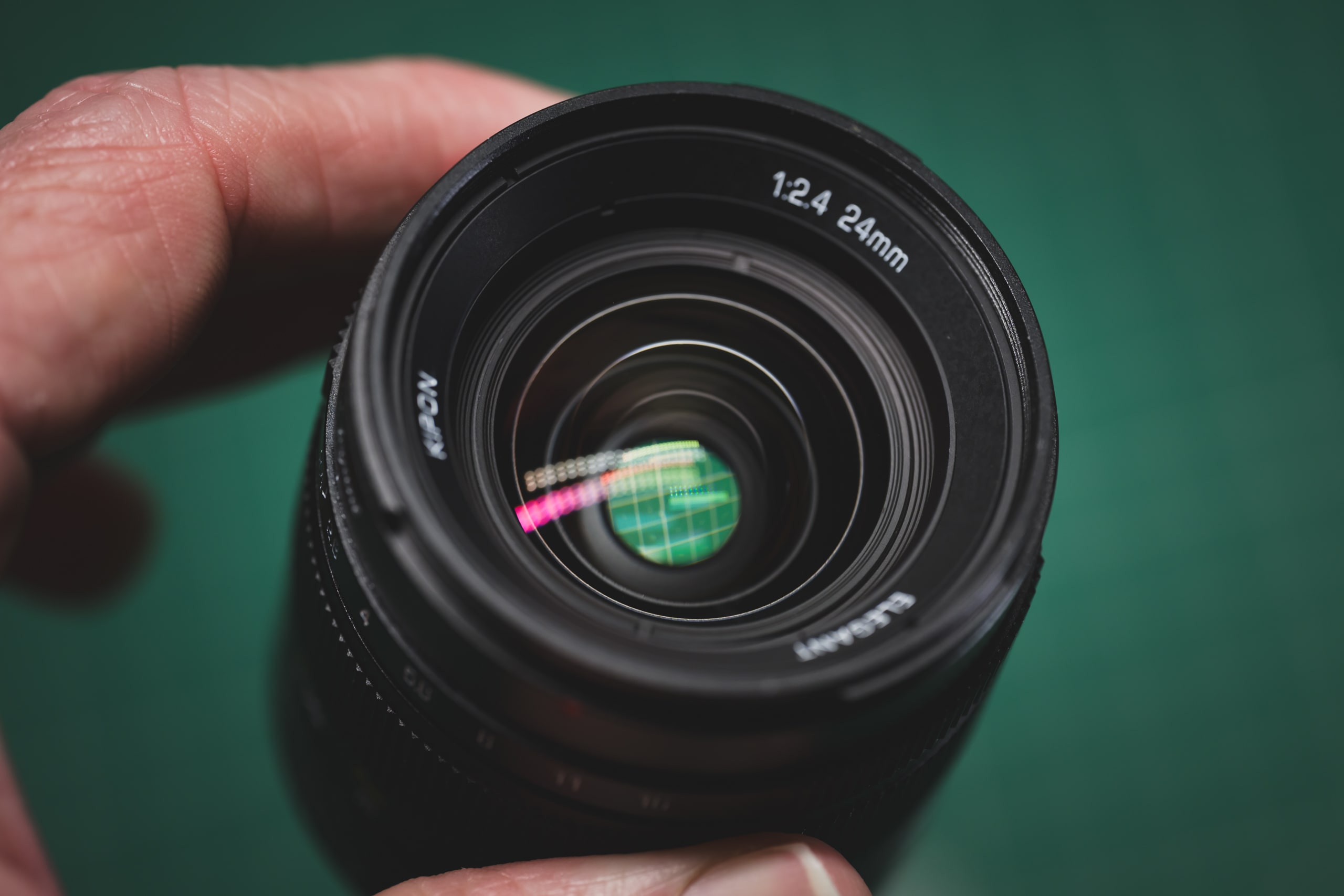
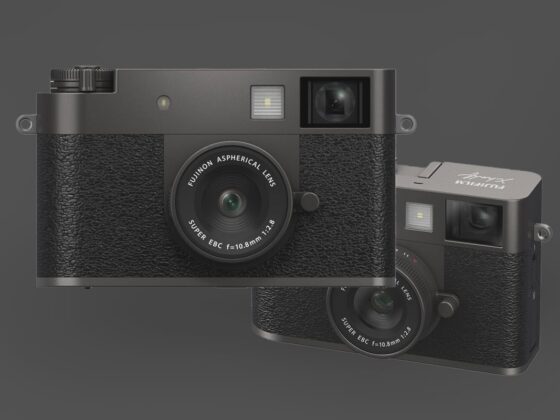
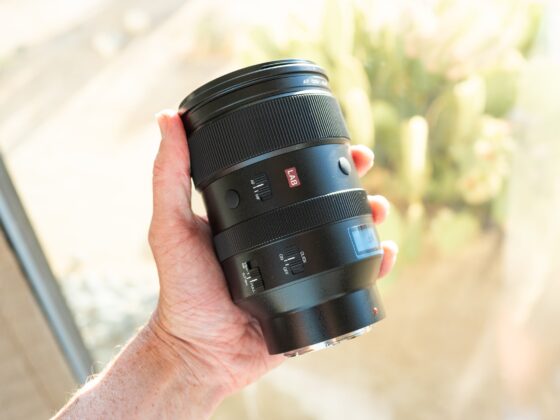
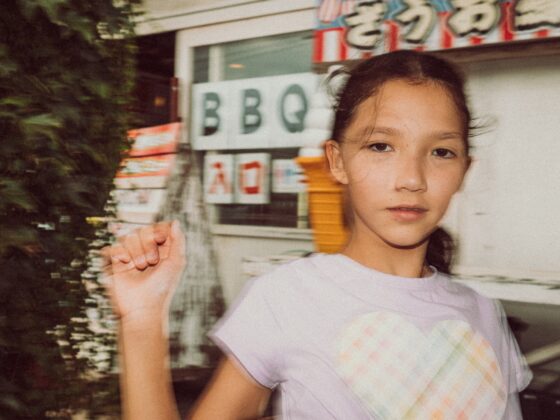
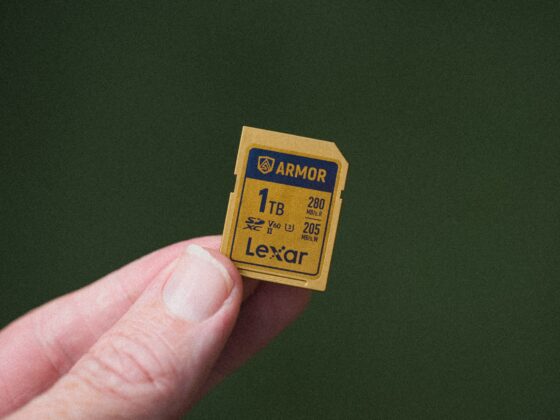
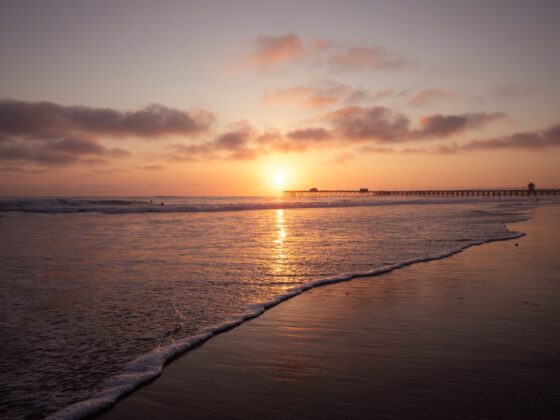
Is there any Chance you will take a Look on a Artralab Lens? I am curious about the Nonnikkor 24/1.7 MC Lens, but there a only so few Reviews about it i don’t know if it is worth. As you have tested the Kipon 24mm (which could be an alternativ for me, but it felt a bit large for my Fuji) i would like know how they compare.
I already have the Kipon 75mm, and i do like it. But 75mm is quite long, and i am mostly using 23mm (35mm FF) for my Lifestyle/Family photography. So… would be nice what you think about those Artralab Gear. Thanks for you Blog, keep up the good Work. I like it.